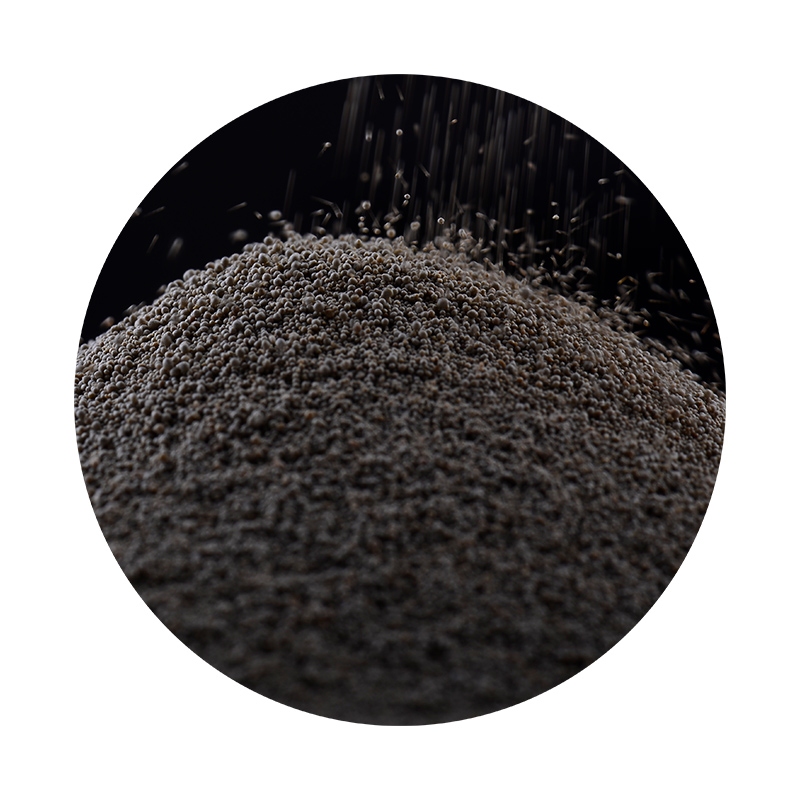3D Printing Patterns for Sand Casting Revolutionizing Manufacturing Processes
In recent years, the manufacturing industry has witnessed a significant transformation, largely fueled by advancements in technology. Among these technologies, 3D printing has emerged as a groundbreaking method that is reshaping traditional practices, particularly in sand casting. This article delves into the innovative use of 3D printing patterns for sand casting, highlighting its benefits and implications for the future of manufacturing.
3D Printing Patterns for Sand Casting Revolutionizing Manufacturing Processes
One of the primary advantages of using 3D printing for sand casting patterns is the speed of production. With traditional methods, crafting a pattern can take days or even weeks, depending on the complexity of the design. In contrast, 3D printing can significantly reduce the lead time, allowing manufacturers to create intricate patterns within hours. This rapid prototyping capability not only accelerates the development stage but also enables quicker iterations, allowing for design modifications without considerable time and financial investment.
3d printing patterns for sand casting

Moreover, 3D printing offers unparalleled design flexibility. With additive manufacturing, intricate geometries that would be challenging or impossible to achieve with traditional machining can be easily fabricated. This capability allows for innovative designs that enhance product performance and functionality. Additionally, manufacturers can incorporate features that optimize the casting process, such as improved gating systems and risers, which can lead to better flow and reduced defects in the final castings.
Another key benefit is the reduction in material waste. Traditional pattern-making often results in surplus material that can add to the overall cost and environmental impact of the manufacturing process. 3D printing, on the other hand, uses only the material necessary to create the desired pattern, thereby minimizing waste. Furthermore, many 3D printing technologies utilize recyclable materials, further enhancing sustainability within the casting industry.
However, the integration of 3D printing into sand casting is not without challenges. Issues such as material compatibility and the production of high-temperature-resistant patterns need to be addressed. Additionally, while the initial investment in 3D printing technology can be substantial, the potential for long-term savings and efficiency gains often outweighs these initial costs.
In conclusion, 3D printing patterns for sand casting represents a significant leap forward in manufacturing practices. Its ability to streamline production processes, enhance design flexibility, and reduce waste positions it as a vital tool for manufacturers aiming to remain competitive in a rapidly evolving market. As technology continues to advance and more industries embrace additive manufacturing, the future of sand casting looks brighter than ever, paving the way for innovation and sustainability in metal production.
Post time:កញ្ញា . 03, 2024 04:19
Next:Adding Sand to Resin
